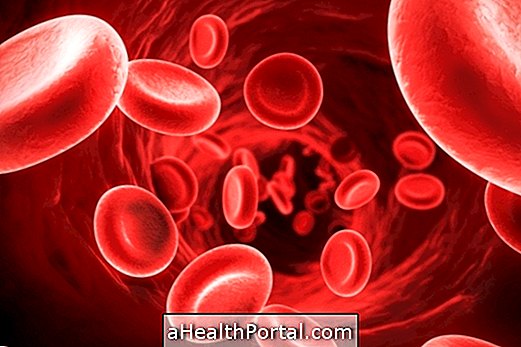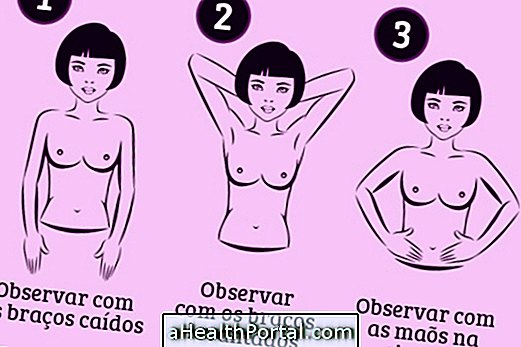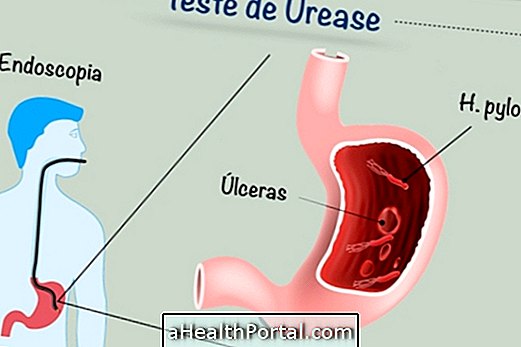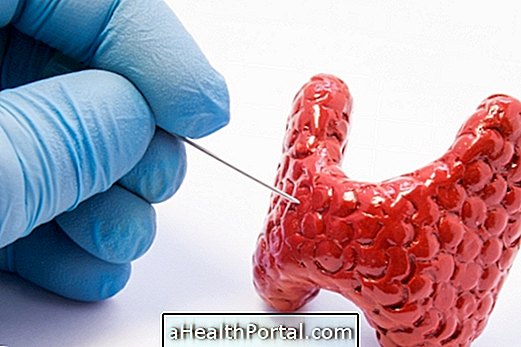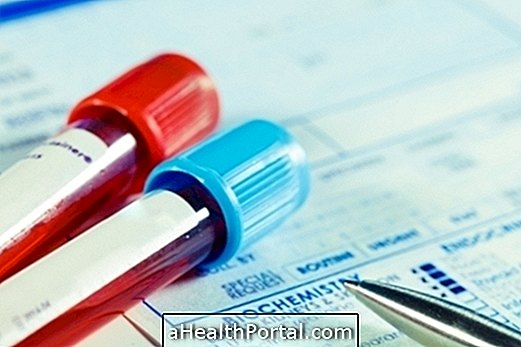Breast ultrasound examination is usually requested by the gynecologist or mastologist after feeling some lump during palpation of the breast or if the mammogram is inconclusive, especially in the woman who has large breasts and has cases of breast cancer in the family.
Ultrasonography is not the same as mammography, nor does it replace this examination, being only an examination capable of complementing the mammary evaluation. Although this test can also identify lumps that may indicate breast cancer, mammography is the most appropriate test to be performed on women with suspected breast cancer.
Ultrasound of the breast can be done with Doppler, contrast, 3D, automated or through mammary elastasis.
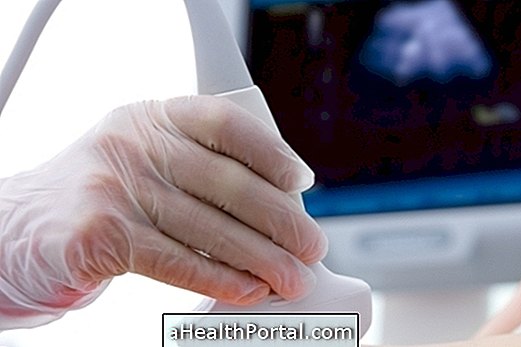
Possible exam results
After the examination, the doctor will write a report about what he saw during the examination, according to the Bi-RARDS classification:
- Category 0:
Incomplete assessment, requiring further imaging to detect possible changes.
- Category 1:
Negative result, no changes were found, only routine follow-up according to the woman's age.
- Category 2:
Benign alterations were found, such as simple cysts, intramammary lymph nodes, implants or alterations after surgery. Normally this type of change represents benign and stable solid nodules for 2 years.
- Category 3:
Changes were found that are probably benign, requiring a repeat exam at 6 months, and then at 12, 24 and 36 months in relation to the first altered exam. The changes that may have been found here may be nodules that suggest fibroadenoma, or complex, clustered cysts. Risk of malignancy up to 2%.
- Category 4:
Suspicious findings were found and biopsy is recommended. Changes may be solid nodules without features suggestive of benignity. This category may further be subdivided into: 4A - low suspicion; 4B - suspected intermediate, and 4C - suspected moderate. Risk of malignancy 3% to 94%, and it is necessary to repeat the examination to confirm the diagnosis.
- Category 5:
Severe alterations were found, with great suspicion of being malignant. A biopsy is necessary and in this case the nodule has a 95% chance of being malignant.
- Category 6:
Breast cancer confirmed, awaiting treatment that may be chemotherapy or surgery.
How is this exam done?
The woman should lie on a stretcher, without a blouse and bra, for the doctor to put a gel on the breasts and then the device of the breast ultrasound is placed in contact with the skin. The doctor will slide this equipment through the breasts and observe on the computer screen and there are changes that may indicate changes such as breast cancer.
Ultrasonography is not uncomfortable or painful, as it happens in mammography, but it is an examination that has limitations and is not the best choice to diagnose breast cancer early because it is not good to check for changes that are less than 5 mm in diameter .
What is it for
Breast ultrasound is particularly indicated to investigate the presence of breast lumps or nodules in women with dense breasts who are at high risk for breast cancer, such as those with a mother or grandmother with breast cancer.
Other situations where breast ultrasound can be requested is in case of:
- Pain in the breast;
- Injuries or inflammatory processes of the breast;
- Palpable nodule and benign nodule follow-up;
- To differentiate a solid nodule from a cystic nodule;
- To differentiate between benign and malignant nodules;
- To detect seroma or hematoma;
- To help observe the breast or lump during a biopsy;
- If chemotherapy is having the outcome expected by the oncologist.
However, this test is not a better option to investigate changes such as microcysts in the breast, any lesion less than 5 mm, and also in older women who have flaccid breasts.
